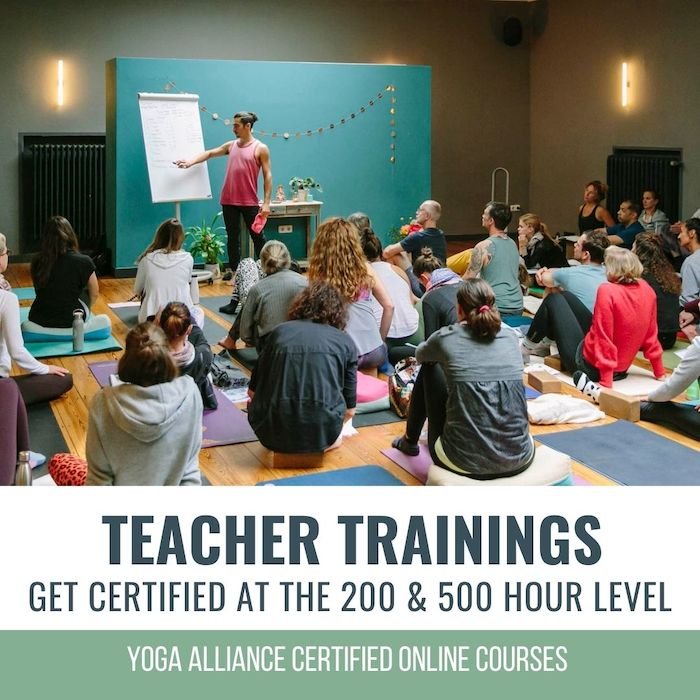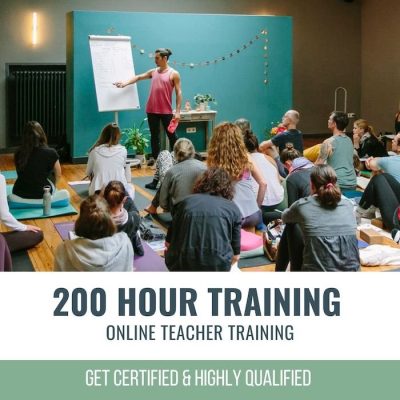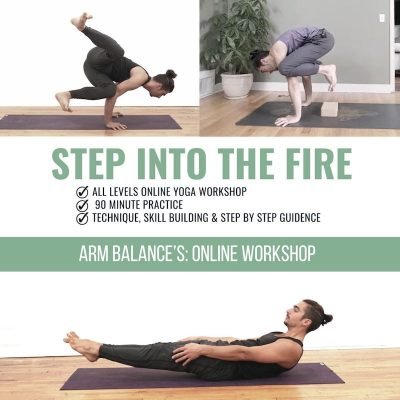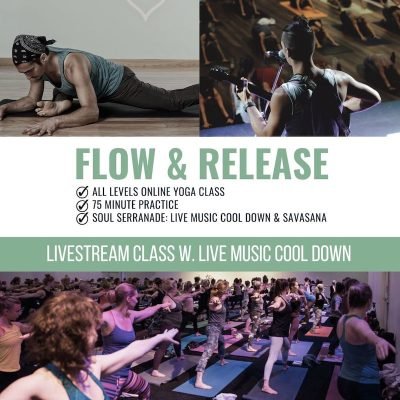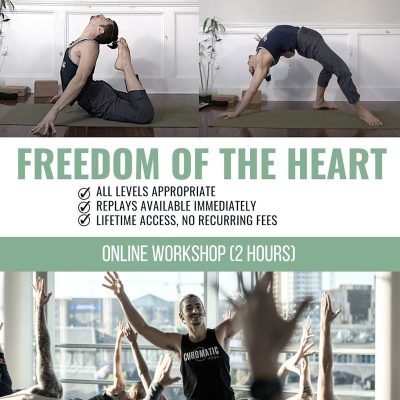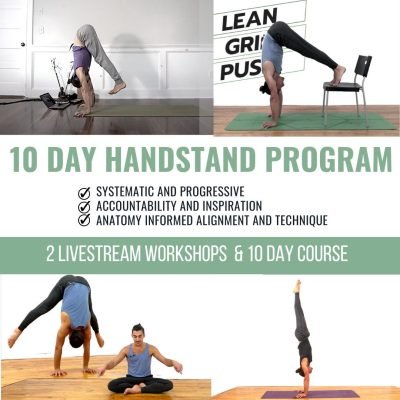Tuck JumpsHandstandTUCK JUMPS Without a doubt, tuck jumps are a confidence booster when it comes to preparing for handstands. When we go through the course of preparation, it’s not the first step, but it’s definitely a way of identifying where strength and...
Postpone The Stretch Sensation
Postpone the Stretch Sensation
flexibility
POSTPONE THE STRETCH SENSATION
If one of the goals of our physical yoga practice is to increase flexibility, we may automatically believe that we just need to stretch more. It’s critical that we understand that increasing flexibility is much more layered than simply stretching. Yes, we know the stretch sensation has the potential to feel really good; in fact, it can feel GREAT when done appropriately for our bodies and at the right time.
What if we were to entertain the idea of postponing the stretch sensation in order to increase flexibility? This might sound like we’d be moving away from our goal, but we’d actually be moving more expeditiously along the path. In today’s video, Matt demonstrates strengthening techniques that target hamstring flexibility. Instead of simply stretching, we can apply techniques that not only cultivate length in the muscles but also foster the overall health of the muscles.
THE POSE FACTORY
WAITLIST NOW OPEN
- Dogmatic alignment versus functional alignment
- Learn popular postural pitfalls
- Myths versus truth
- Formulaic approach for comprehensive learning
- Excellent guide for yoga enthusiasts
- Must-have for yoga teachers
- Joint-health awareness
- Muscle integrity, range of motion
- Props for accessibity
- Alignment alterations in the case of injuries
HAMSTRING STRETCH PREPARATION
As we prepare our hamstrings to stretch and create more length, we must understand the difference between tension and strength. If we go straight into stretching, attempting to go beyond our current threshold with the intention of progressing, it’s possible that our bodies will tense up and go into “protection mode.” Tension is activated to halt potential injury.
Preparing the hamstrings prior to a good stretch involves strengthening. At the beginning of today’s video, Matt demonstrates two postures that get us started:
Crescent Pose Preparation
Preparing the hamstrings also means activating the gluteus muscles. What we see are techniques initiated by the feet and pelvis that promote these activations.
Forward Fold
Pressing the heels outward here helps activate the tensor fasciae latae (TFL) muscles, which tips the pelvis and lengthens the hamstrings.
WATCH THE VIDEO
POSTPONE THE STRETCH SENSATION: HAMSTRING FLEXIBILITY TECHNIQUES
STRETCH TECHNIQUE DEVELOPMENT
To progress, we need to find multiple ways during a given yoga practice to implement the acquired techniques within the area of focus. When we do this, we train our brain and body to respond with greater precision. Two more ways to explore the hamstrings before executing a stretch include:
Twisted Monkey
Matt demonstrates a drill in which we go back and forth between activating the hamstrings and activating the quadriceps.
It’s important to be present and intentional about activating the muscles; just going through the motions means we are not implementing the techniques with accuracy.
Warrior III Preparation
Here, Matt emphasizes activating the hamstrings and the glutes by lifting the back leg higher than we might expect. We get a little closer to understanding two concepts: facilitated stretch and reciprocal inhibition.
200 HOUR ONLINE TEACHER TRAINING
GET CERTIFIED & DEEPEN YOUR YOGA PRACTICE
- Deepen your yoga practice
- Build confidence speaking in front of groups in person and online
- Learn foundational class structures and templates
- Learn techniques for a wide range of yoga postures
- Get certified and highly qualified to teach yoga
- Yoga Alliance Globally Recognized Certification Program
STRETCH YOUR PERSPECTIVE
Matt teaches us how to apply actions that will promote transformation, rather than just executing postures in the “traditional” way. This may be different from what we’re used to in our asana practice, but when we stretch and challenge our perspective on how to practice, we begin to cultivate change.
In the video, after getting into a Cobra pose variation, Matt teaches us how to activate the hamstrings by first flexing the feet, which helps minimize potential cramping in the calf muscles, then pulling the heels towards the back. He then provides the option to undo it by lengthening the legs out. Going back and forth can assist us in deepening the activation sensation.
300 HOUR ONLINE TEACHER TRAINING
GET 500 HOUR CERTIFIED AS A MASTER TEACHER
Master your skill set as a teacher through refined techniques, anatomy, biomechanics, sequencing, philosophy, meditation techniques, theming, yoga business, and much more!
- Get 500 hour certified
- Learn anatomy, biomechanics, asana techniques
- Expand your teaching skills
- Masterful sequencing and verbal delivery
- Learn meditation and breathwork techniques
- Transformative tools: theming, dharma talks, satsang
FROM TENSION TO RELEASE
Last, we see the demonstration of both strength and stretch in action when Matt transitions from Dandasana to Paschimottanasana.
In Dandasana, we learn to activate the hip flexors while stretching the hamstrings. This is an example of reciprocal inhibition: activating the opposing muscles of those we’re stretching.
Matt continues to lean more forward in the posture but cues pressing the heels down into the floor and pulling them back. Here, we’re both lengthening and activating the hamstrings. This is a demonstration of a facilitated stretch.
We have postponed the stretch sensation long enough now to more safely enter into Paschimottanasana, where the stretch can be more passive. After strengthening the muscles, our brain and body feel safe enough to release into the stretch.
This process of learning and exploration is available in Matt’s upcoming online course, The Pose Factory. Access the waiting list here!
The 200 Hr. Teacher Training: Click Here to See the Next Start Date
The 300 Hr. Advanced Teacher Training: Click Here to See the Next Start Date
Article by Trish Curling
Video Extracted From: Twists & Folds Immersion
ONLINE ANATOMY COURSE
- Accessible, exciting, and easy to learn
- Anatomy and biomechanics for yoga
- Appropriate for both teachers and students
- Learn joint alignment vs pose alignment
- Demystify yoga poses and transitions
- Release aches and pains
- Learn how to avoid common injuries
- Caters to all levels with modifications and props
- 20 hours Continued Education Credits with Yoga Alliance
- 20 hours toward Chromatic Yoga Certification and 300 Hour
- Lifetime access
Continue Learning
Tuck Jumps
Counter Rotations
Counter RotationsStabilityCOUNTER ROTATIONS The isolation of specific articulations in a yoga posture can be tricky to implement when we’re still learning how our bodies move. When we begin to explore counter rotations, this layer might feel confusing or even...
Bird Of Paradise
Bird of ParadiseSvarga DvijasanaBIRD OF PARADISE In Bird of Paradise, we’re balancing while binding, which can be quite an undertaking. Preparation for this posture requires shoulder mobility, hip mobility, and a tremendous amount of strength. What we also need to be...
A Tree Pose Treatment
A Tree Pose TreatmentVrksasanaA TREE POSE TREATMENT Tree Pose may appear to be a posture we can just “jump into” because of its “accessibility” from anywhere we might be standing, but it definitely requires more refinement than we might think. A treatment to revive...
Practice Peacock Pose
Practice Peacock PoseMayurasanaPRACTICE PEACOCK POSE We go to our yoga practice for many different reasons at any given time. In our asana practice, we are sometimes seeking softness and ease. At other times, we might be striving for vigour and strength. Peacock Pose...
Eka Pada Koundinyasana I
Eka Pada Koundinyasana IArm BalanceEKA PADA KOUNDINYASANA I If Side Crow is already part of our practice, then Eka Pada Koundinyasana I is like adding on another layer to that posture, because they are quite similar. The added layer is that we extend the top leg...
THE FREE TECHNIQUE PACK
When You Subscribe, You Will Get Instant Access to
- the Technique Pack: 15 yoga pose breakdowns
- exclusive online course discounts
- exclusive blogs and videos

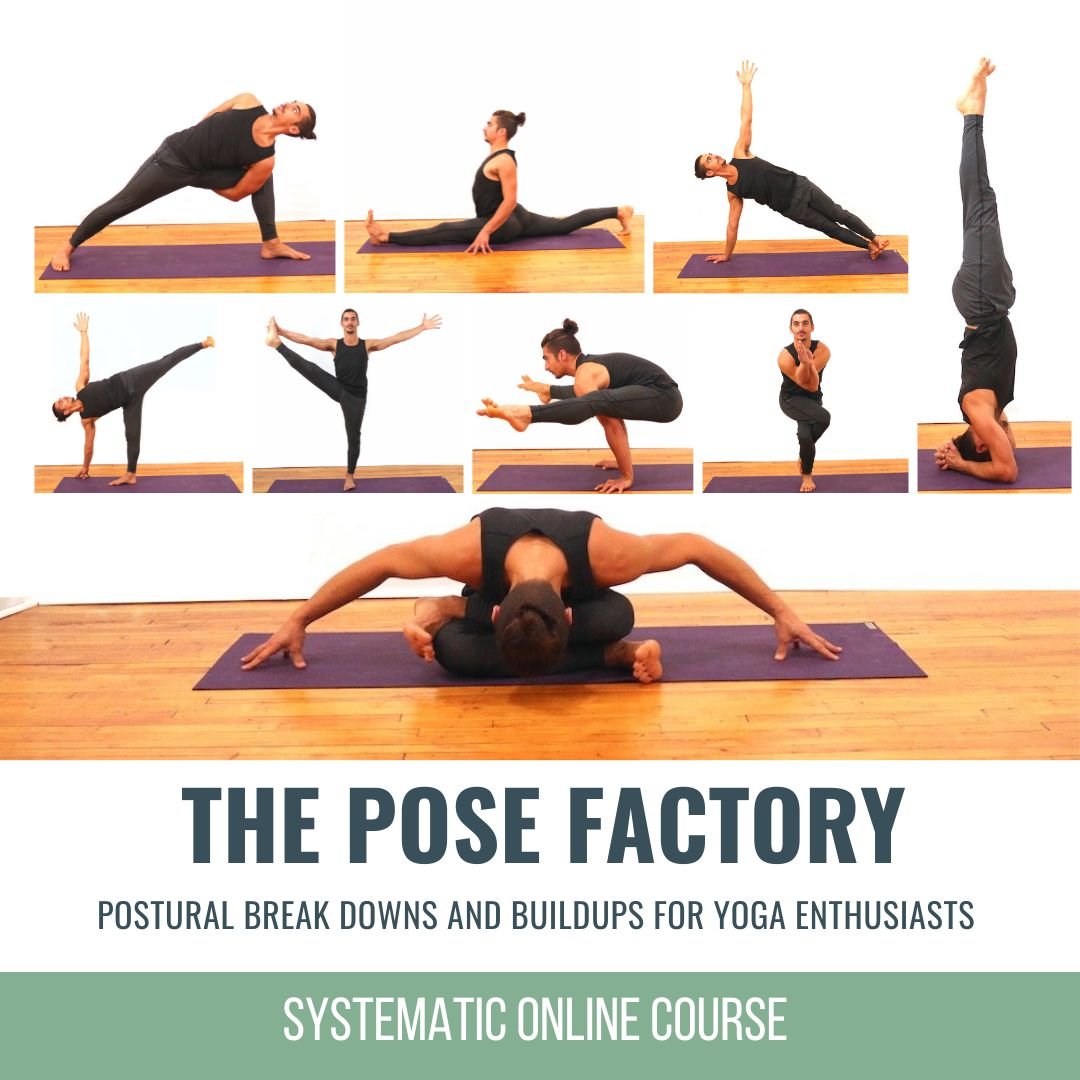



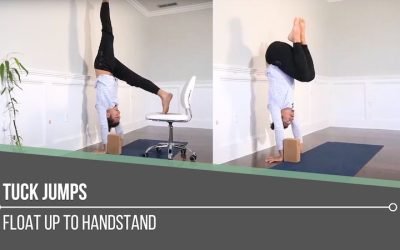
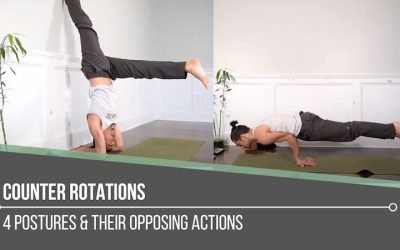
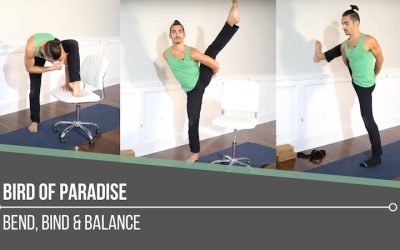
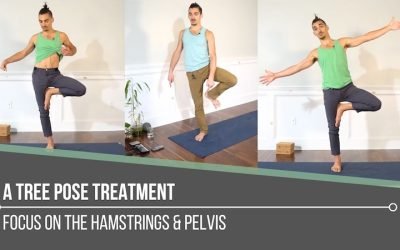
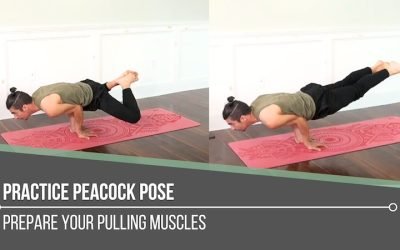
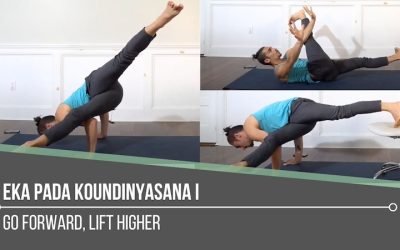
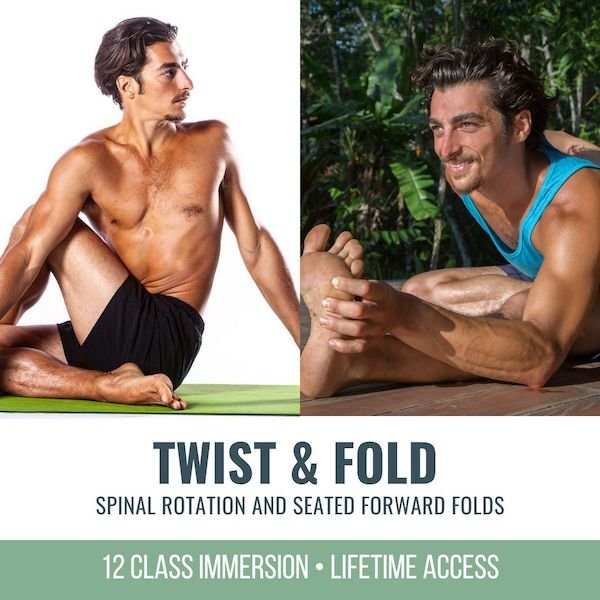

![Archna Mohan chromatic yoga backbend techniques: 12 classes [backbend technique to relieve back pain "bowing the spine']](https://www.theyogimatt.com/wp-content/uploads/2021/10/Archna-Mohan-chromatic-5.jpg)
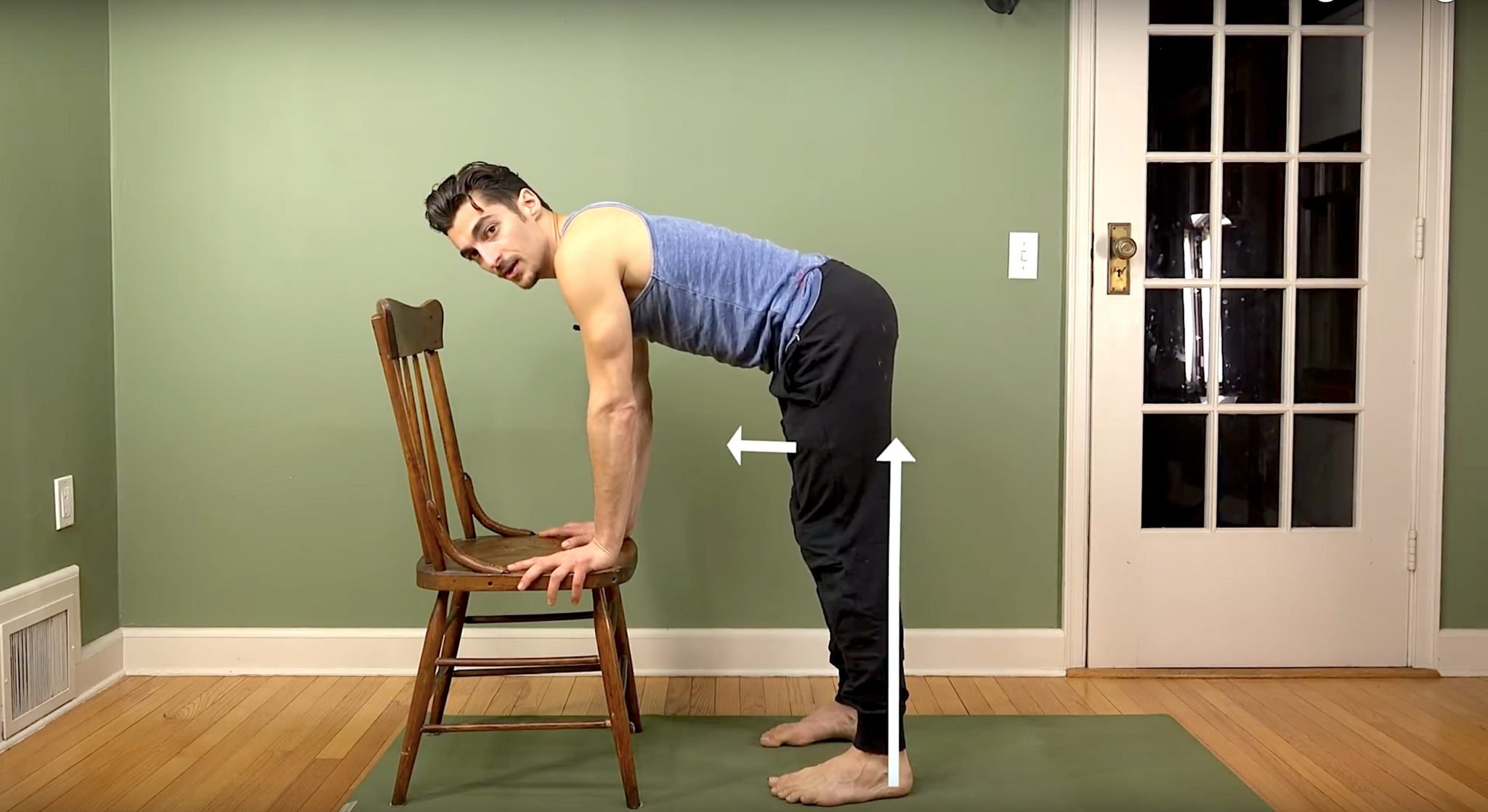
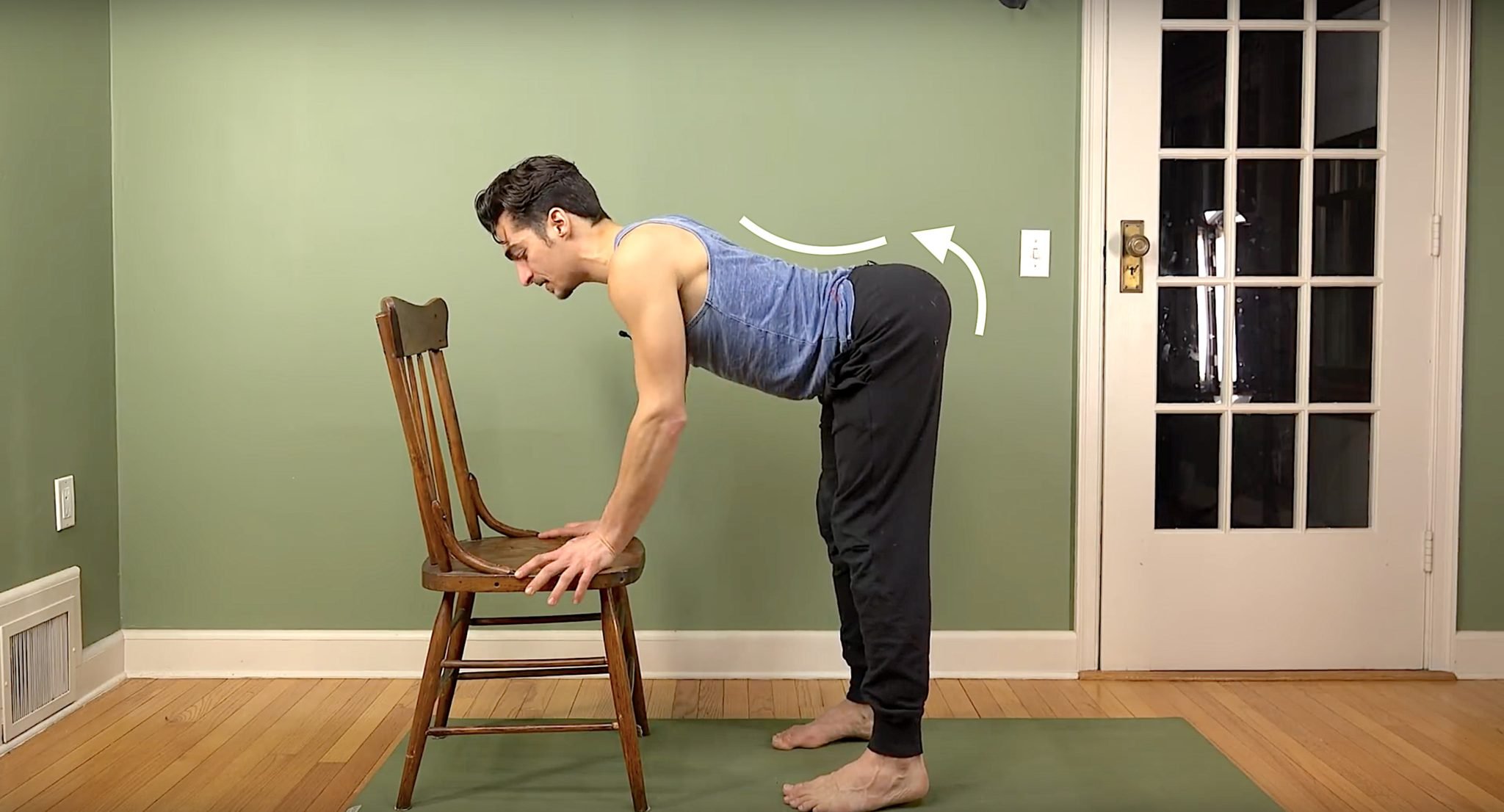
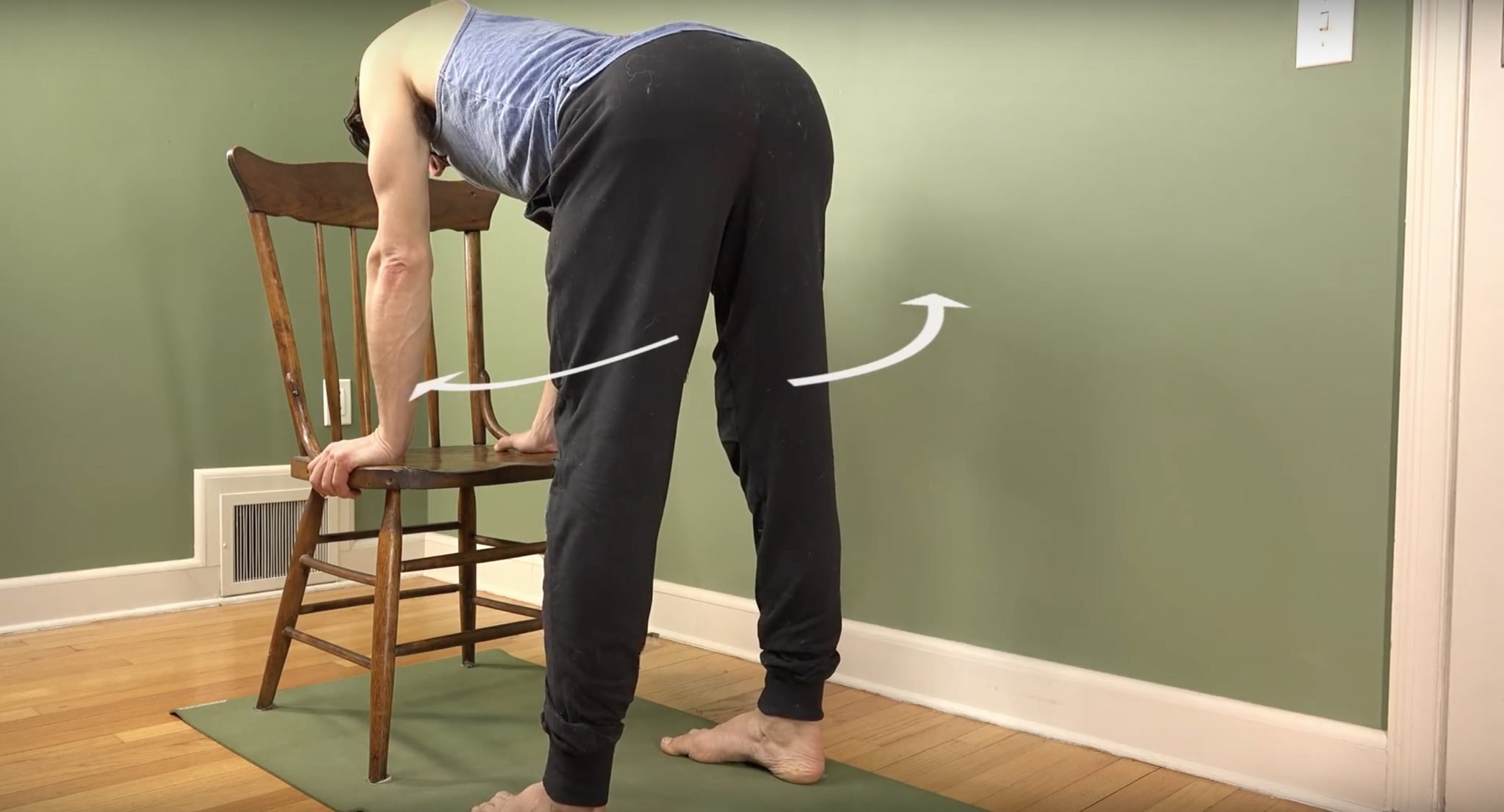
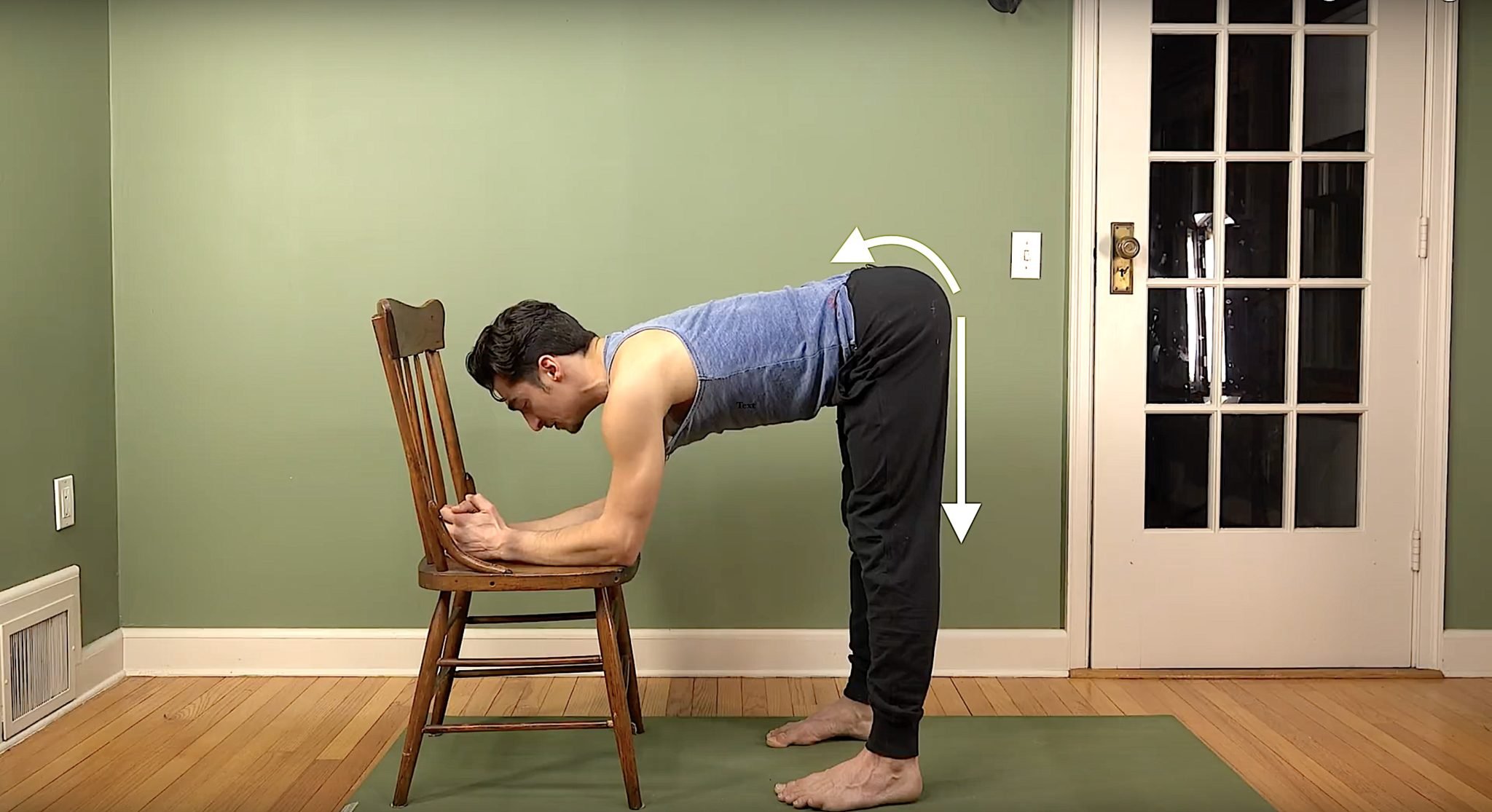
![Archna Mohan chromatic yoga backbend techniques: 12 classes [backbend technique to relieve back pain "bowing the spine']](https://www.theyogimatt.com/wp-content/uploads/2021/10/Archna-Mohan-chromatic-6.jpg)
